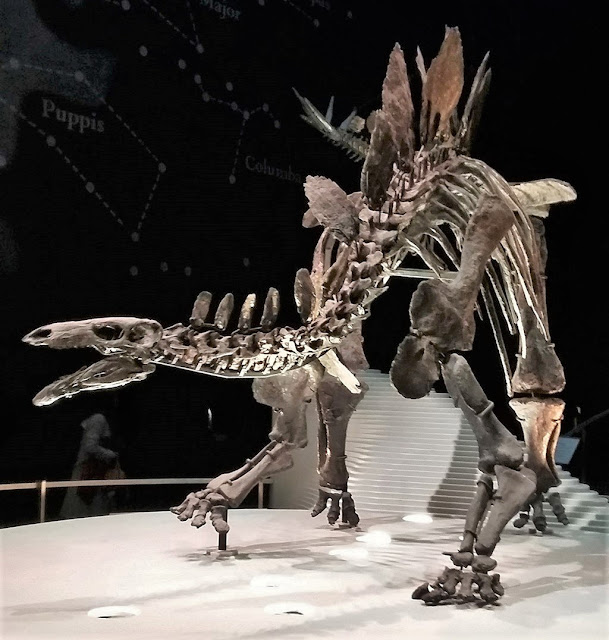Marston Marble
.jpg)
This photogenic, fossil-rich, limestone hails from Somerset in England's West Country. It's not often that a polished slab of stone photographs decently with just a smartphone, but I was really pleased with this photo. The main issues I find with this sort of shot are (i) holding the phone rock steady (genuinely no pun intended), and (ii) the fact that cameras tend to focus straight through polished surfaces onto something – often the photographer! – being reflected. This slab is inside a glass case, which tends to add an additional complication in terms of reflections, but I was lucky here and this photo didn’t need to have a filter used or to have any adjustments made. Incidentally, this variety of stone (which dates back to the Lower Jurassic) is not actually a 'true' marble in the sense that geologists use the term - limestone metamorphosed by heat and pressure - but stonemasons use the term to describe any limestone that takes a good polish. This one certai...









